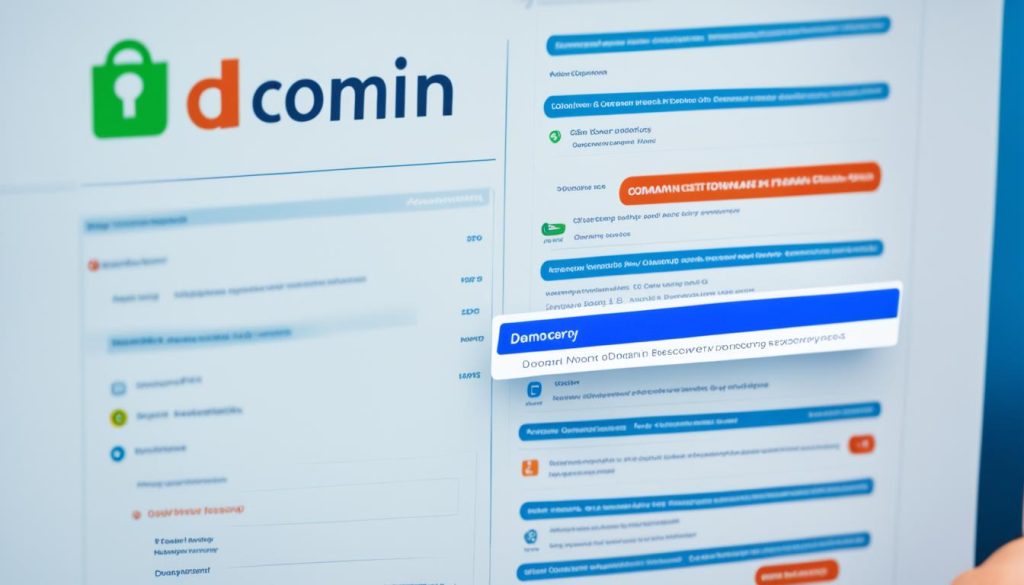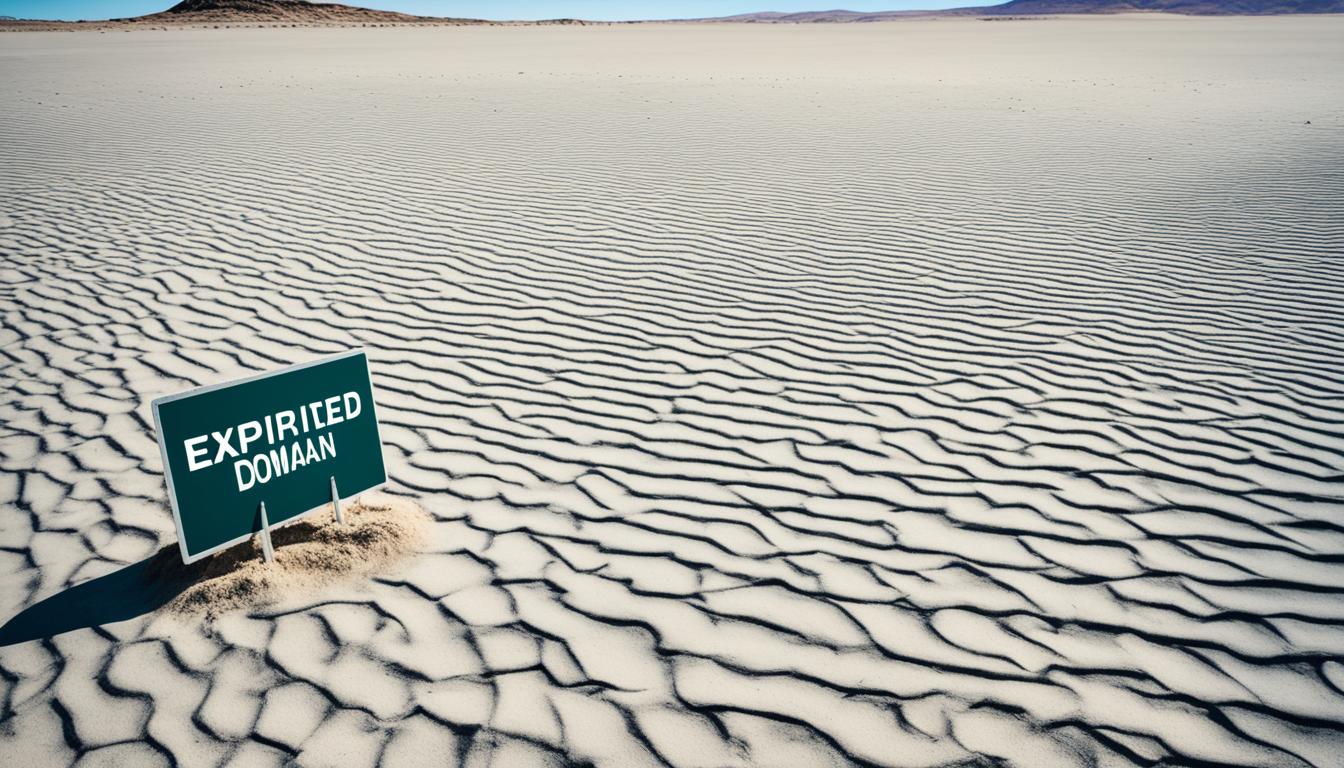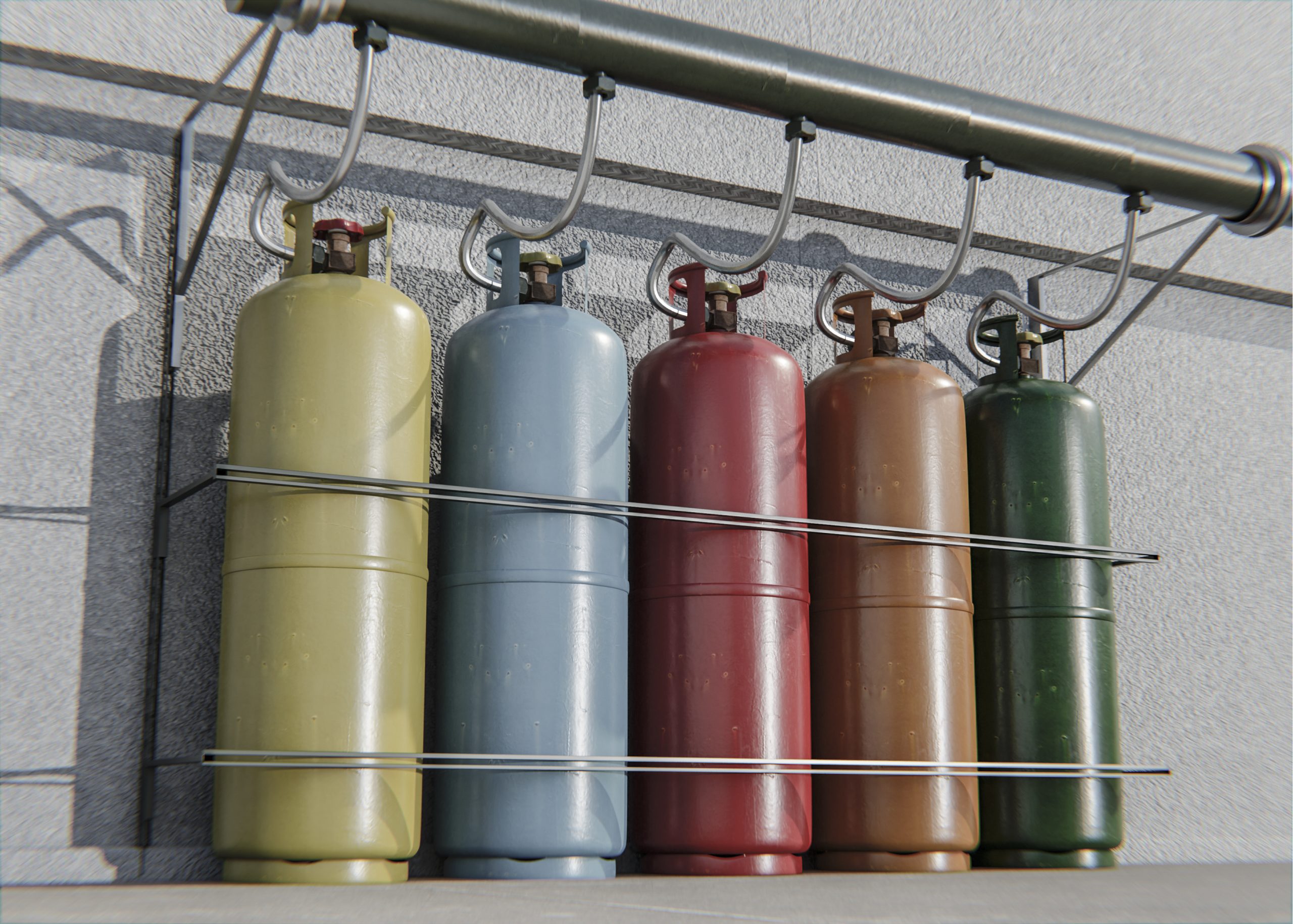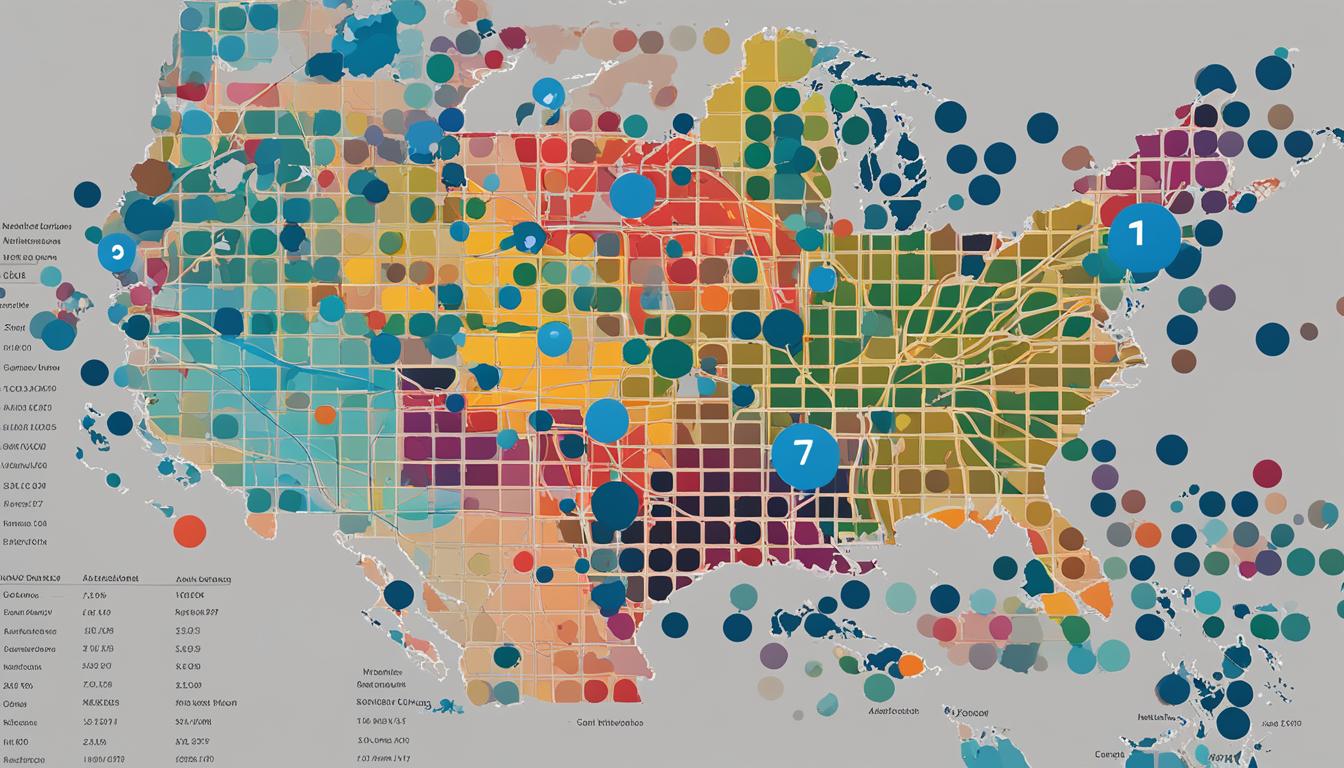Restore a deleted or expired domain name
Did you know that every year, millions of domain names expire or are accidentally deleted by their owners? These neglected online assets can hold immense value and potential, just waiting to be reclaimed. Whether it’s a forgotten website, a lost email address, or a cherished brand, the ability to restore a deleted or expired domain can be a game-changer for individuals and businesses alike.
Getting your beloved domain back within your control is not only possible but also relatively straightforward. With the help of domain recovery services and domain renewal assistance, you can resurrect your digital identity and reclaim your spot in the online world to continue building your brand and connecting with your audience.
Key Takeaways:
- Millions of domain names expire or get deleted each year, presenting opportunities for restoration.
- Domain recovery services and renewal assistance can help regain control of expired or deleted domains.
- Setting up auto-renewal for domain names can prevent the need for restoration in the first place.
- Specific policies and fees for domain restoration may vary among different registrars.
- Contacting the registrar or reseller promptly after a domain expires is crucial for exploring renewal options.
How to Restore a Deleted or Expired Domain
Restoring a deleted or expired domain can be a straightforward process when you follow these steps:
- Contact your domain registrar or hosting provider. Reach out to them either through their customer support helpline, email, or live chat to inquire about domain restoration options.
- Verify domain ownership. Prepare the necessary information, such as your account details, domain name, and any supporting documentation that proves your ownership of the domain.
- Pay the restoration fee. Some registrars may require a one-time fee to restore your domain. Be prepared to make the payment to complete the restoration process.
- Provide additional verification if necessary. In certain cases, additional verification steps may be required to ensure the security and authenticity of the restoration request. Follow the instructions provided by your domain registrar to complete these steps.
Remember, the restoration process may vary depending on your domain registrar and the duration of the domain’s expiration. It is recommended to reach out to a domain recovery specialist if you encounter any difficulties or if your domain has been expired for an extended period of time.
Sample Domain Restoration Process Chart
| Steps | Description |
|---|---|
| Contact Domain Registrar | Reach out to your domain registrar via customer support helpline, email, or live chat. |
| Verify Domain Ownership | Provide the necessary account details and documentation to prove your ownership of the domain. |
| Pay Restoration Fee | Make the required payment to cover the restoration fee. |
| Additional Verification | Complete any additional verification steps provided by the domain registrar, if necessary. |
Restoration of Domains with Specific Registrars
When it comes to restoring deleted or expired domains, it’s important to understand that different domain registrars may have their own specific processes and requirements. To ensure a successful domain recovery, it is recommended to refer to the support documentation provided by your registrar or reach out to their customer service for assistance.
Each registrar may have unique policies and guidelines for domain restoration, especially for domains that have been expired or deleted for an extended period of time. It’s crucial to familiarize yourself with these procedures to maximize the chances of recovering your domain.
Factors to Consider for Domain Restoration
During the restoration process, there are a few factors you should keep in mind:
- Restoration Window: Most registrars allow domain restoration within a specific timeframe after deletion or expiration. Make sure you initiate the restoration process within this window to increase the likelihood of recovering your domain.
- Restoration Fee: Some registrars may require a restoration fee to be paid in addition to the regular registration or renewal fees. It’s essential to be aware of any associated costs before proceeding with the restoration.
- Documentation and Verification: Registrars might request certain documents or verification to ensure the rightful ownership of the domain. Prepare any necessary documentation in advance to streamline the restoration process.
- Renewal Period: When a domain is successfully restored, it typically includes a one-year registration renewal. This means that your domain will be active for an additional year from the restoration date, regardless of the original expiration date.
By following the specific restoration processes set by your registrar, you have a better chance of recovering your expired or deleted domain and ensuring its continuity for your online presence.

Restoration of Domains with Amazon Route 53
When it comes to restoring a deleted domain, Amazon Route 53 is a reliable domain registrar that offers restoration services for certain top-level domains (TLDs). If you find yourself in a situation where you need to recover a deleted domain, Amazon Route 53 can provide the assistance you need.
Restoring a domain with Amazon Route 53 comes with some considerations. Firstly, the price for restoring a domain may be higher than the initial registration or renewal fees. So it’s essential to keep this in mind when deciding to restore a deleted domain.
The restoration process with Amazon Route 53 involves contacting their support team through the AWS Support Center. When reaching out, be sure to provide specific details about the domain and the restoration request. The more information you can provide, the smoother the restoration process will be.
Please note that the restoration process may take some time, typically up to a week or more, for the request to be processed. During this period, it’s crucial to have patience and allow the registrar sufficient time to complete the restoration.
It’s essential to understand that the new expiration date for the restored domain will depend on whether it expired or was accidentally deleted. Restored domains typically come with a one-year registration renewal cost, which is also something to consider when going through the restoration process.

In summary, if you are looking to restore a deleted domain and need domain renewal assistance, Amazon Route 53 can help. Remember to reach out to their support team through the AWS Support Center, provide all the necessary details, and be prepared for the restoration process to take some time. With Amazon Route 53’s restoration services, you can regain control of your domain and continue with your online presence.
Renewal and Restoration Options for Expired Domains
When a domain name expires, it is crucial to contact the registrar or reseller that provided the registration services to explore possible renewal options. If a domain is not timely renewed or restored after expiration, it may become available for registration by others on a first-come-first-served basis.
It is important to check the WHOIS database or contact the ICANN-accredited registrar to determine the registrar of record and explore available renewal options. ICANN provides resources and guidelines for the life cycle of a typical gTLD domain name, including information on domain renewal and restoration policies.
Restoring an expired domain can prevent loss of online presence, brand identity, and potential revenue. By taking proactive steps to renew or restore a deleted domain, you can maintain control and ownership over your online assets. Ensure you are familiar with the renewal and restoration procedures specific to your domain registrar to avoid any unnecessary downtime or complications in restoring your valuable website.
FAQ
Can I restore a deleted or expired domain name?
How do I restore a deleted or expired domain?
What happens if a domain has been expired for more than 45 days?
What does restoring a domain usually include?
Are there specific requirements or processes for restoring a deleted or expired domain?
Does Amazon Route 53 provide restoration services for domains?
How can I restore a domain with Amazon Route 53?
What should I do if my domain name expires?
How can I determine the registrar of record for my expired domain?
- How Strategic SEO Drove Growth for a CPAP E-commerce Brand - July 24, 2025
- Top 3 SEO Companies in Toronto: An Analytical Comparison - July 23, 2025
- SEO for Entry Door Services - April 24, 2025





















Post Comment
You must be logged in to post a comment.